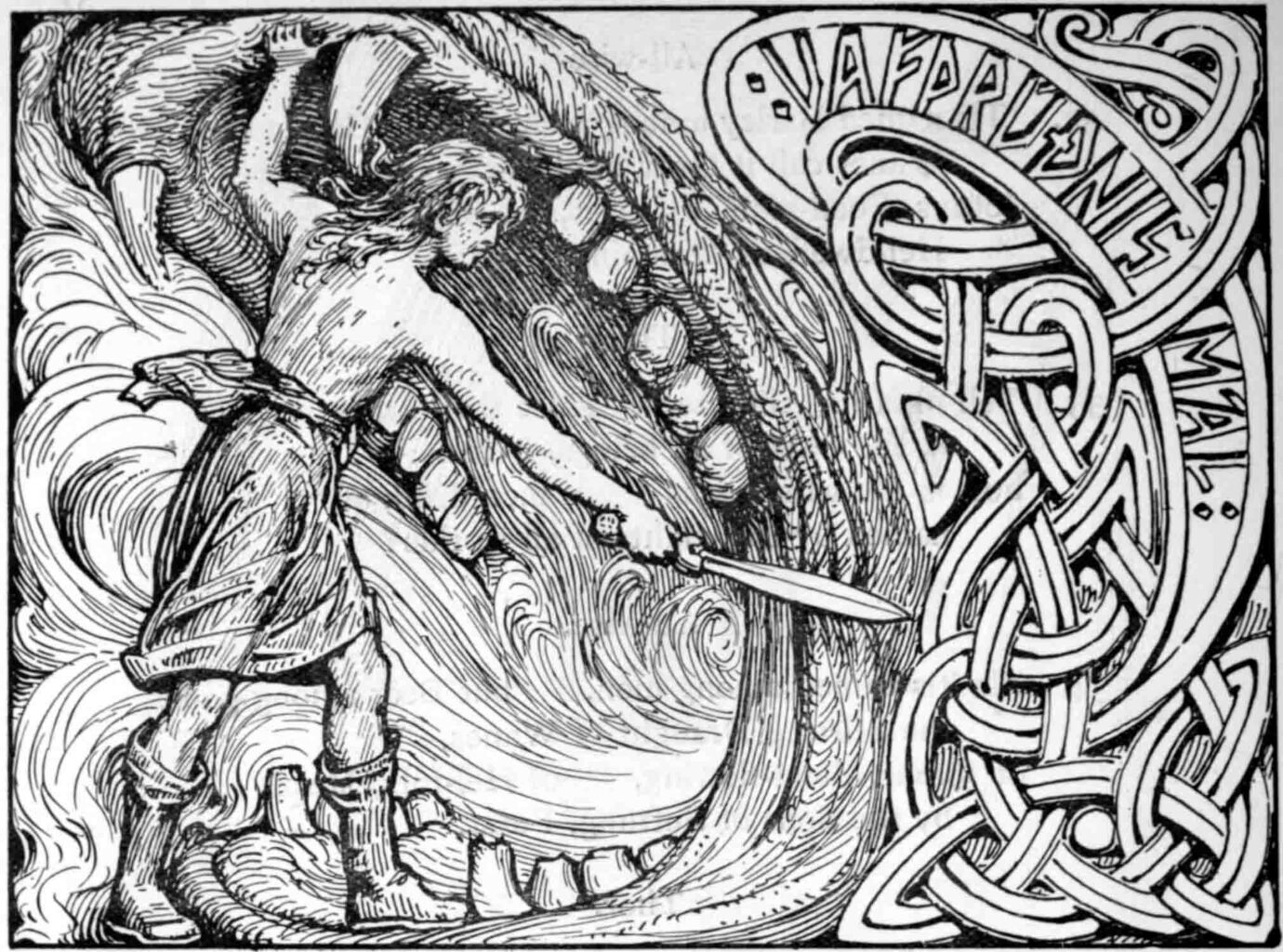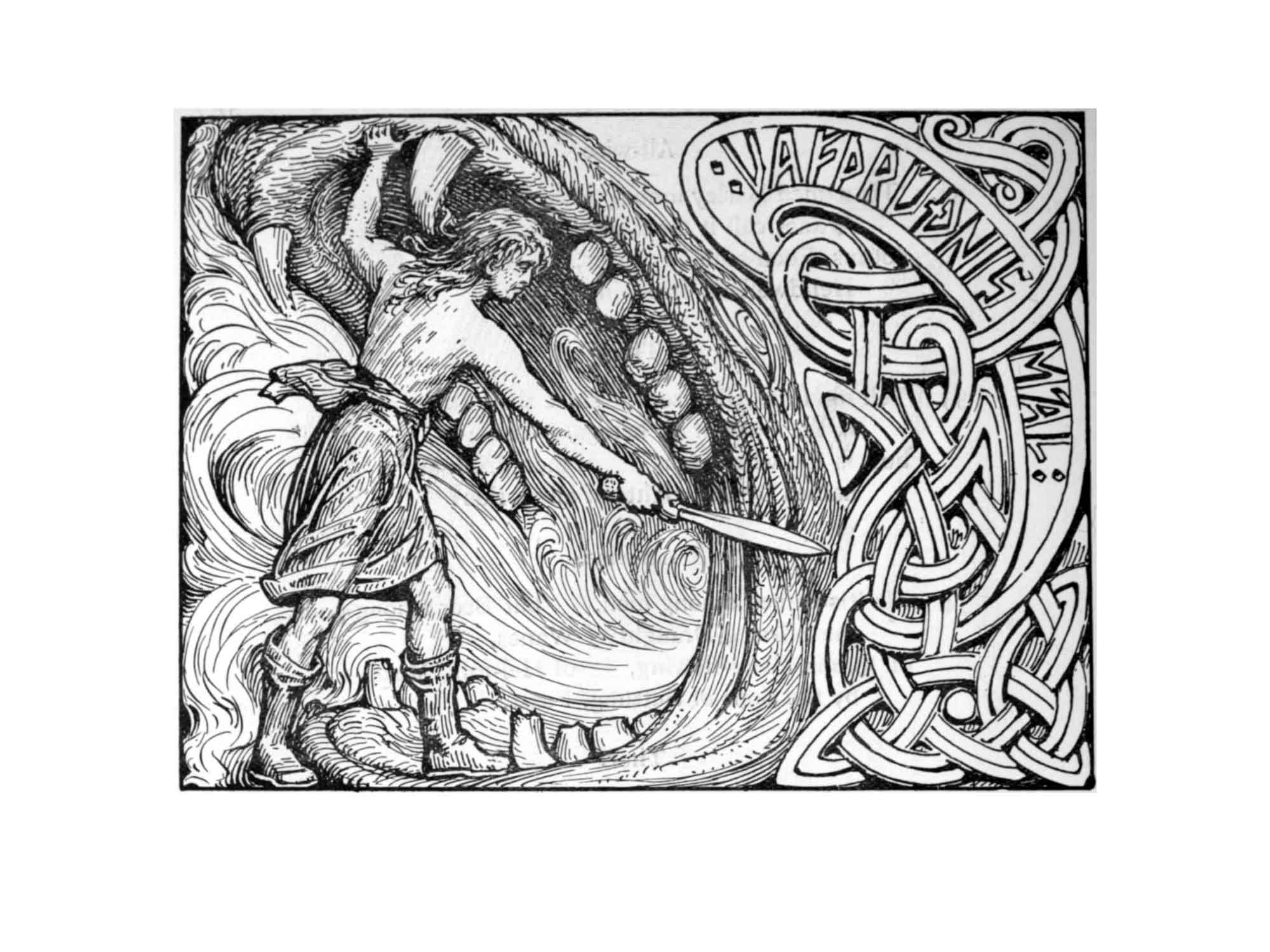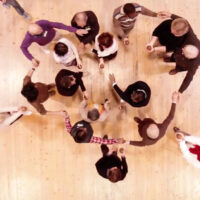In the northernmost Waldorf kindergarten in the world, Tromsø in northern Norway, children have been looking forward to January 21 for weeks: on this day they will again be able to welcome the sun on the horizon.
After seven weeks of polar nights, time begins to flow again, and these weeks seem like infinitely extended holy nights. With Advent, the earth holds its breath, and the sky feels very close. Northern Norwegians wanted to rename the dark season ‹Fargetid› (color-time): this unique window into the cosmos, with the dance of the northern lights, and the endlessly extended twilight with its soft colors.
The middle of January – according to Rudolf Steiner, the time when crystalline forces have fully arrived on the earth and thus farmers are invited to meditate – is at the same time the conclusion of an almost three-month passage of the sun through the lower zodiac signs of Libra, Scorpio, and Sagittarius and through the force field of the Milky Way and the galactic center, overarched by the expansive Ophiuchus. Depending on the perspective, the constellation projects into the zodiac or floats above it.
Just as in high latitudes, the zodiac merges more and more with the horizon, and the orbiting of high stars around the celestial North Pole becomes an experience, for the Nordic-Germanic peoples, the zodiac had scarcely any meaning. They looked up to the zenith and the Milky Way as the cosmic womb from which everything was born. At the Twilight of the Gods (Ragnarök,) the global conflagration, the fight of all against all, in which besides giants, gods, and beasts, humans are also drawn in, a little-noticed figure emerges. Until this moment, he had been quietly gathering its strength, not least from the substance of the will that people had faithfully given him: it is Vidar, the silent god. He is the only and last survivor who succeeds in overcoming the monster. He puts his foot in the mouth of the Fenris wolf – just as the serpent bearer puts his foot on the poisonous scorpion. Does he connect the gesture of Michael with the future power of Christ in the etheric? He builds the bridge from the old world of the gods to the new creation through the Son of Man – just as Ophiuchus extends from Libra to almost the end of Sagittarius, i.e., in the (sidereal) course of the sun far beyond the time of the birth of Christ. The gestures of Vidar and those of Ophiuchus speak the same language.

Right next to the serpent’s head stands a figure of Michael1, holding scales in one hand, raising a sword in the other, up to Arcturus, the bright star at the same height as Rasalhague, the crown star of Ophiuchus. The celestial equivalent is the upright figure of Michael – Marduk of the Babylonians – who later disappears into the legs of the figure of the Virgin, now thought to be lying down. The dignity of the divine feminine is now to be restored in accordance with the courage of Michael!
Is there then a celestial place from which Vidar works into the present? Or does he work through the earth2 and its inhabitants who connect with him? Is the described star location rather an ‹answer› to today’s «people speak to stars» (Steiner)? This gesture is also consistent with what we experience meditatively and in the therapeutic work on Ophiuchus. Ophiuchus hides a secret that has only become more noticeable since the turn of the millennium. It works as an overarching constellation from the ‹Michael room› to the birth of Christ, it accompanies the entire celestial space of the ‹die-and-becoming-time› through Advent and the Holy Nights until the time of Epiphany and penetrating it with its future forces. Thus, we can experience him as a pioneer of a higher birth, which takes place at Christmas, and which, a quarter of a year later at the Easter vigil, has a transformative effect on a higher level.3
Translation Monika Werner
Footnotes
- Cf. the ‹old hero› in Novalis’s fairytale of ‹Eros und Fabel› [Eros and Fable.]
- Connected with this matter are several works in the Edition Widar and fundamentally the book: Steffen Hartmann, Anton Kimpfler, Torben Maiwald (Hg.), Aus Widars Wirken [From Vidar’s Work.] ; Also: Volker Fintelmann, Steffen Hartmann, Mit Widar Zukunft schaffen [Creating a Future with Vidar.]
- The author is happy to send you a detailed version of the article and is looking forward to a professional exchange on current, perceptible transformations in the world of the stars. raphael@baldron.com













